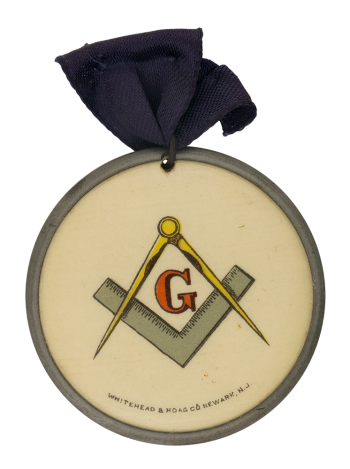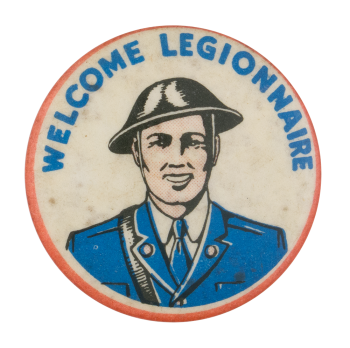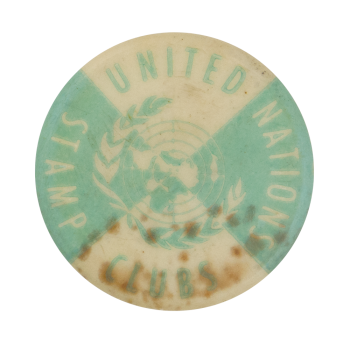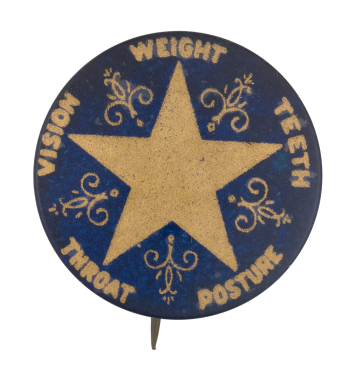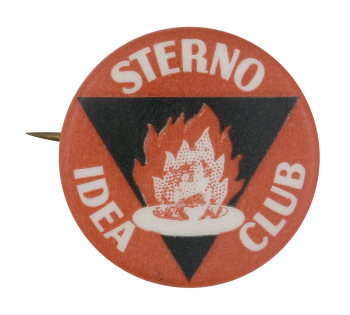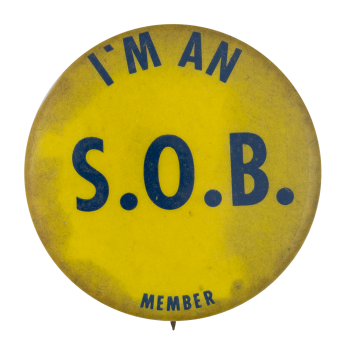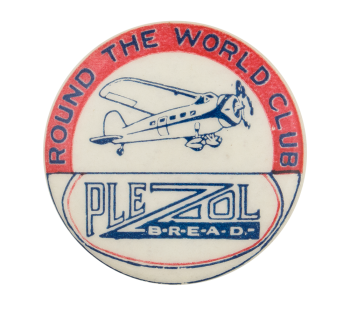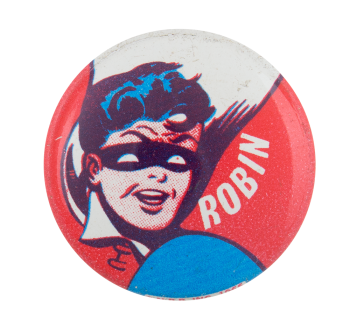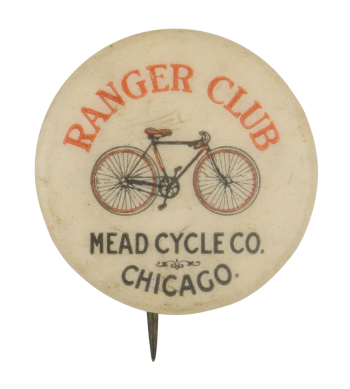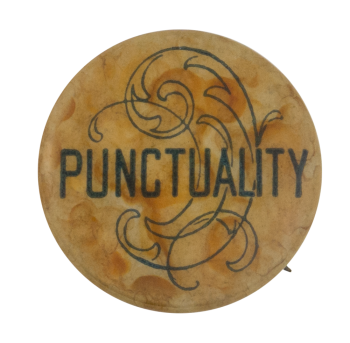Freemason G
| Category | |
|---|---|
| Additional Images | |
| Sub Categories | |
| Text on Button | G - Whitehead and Hoag Co. |
| Image Description | Side one: Illustration of square-edged ruler in gray, overlapping with gold protractor. Capital letter G appears in red in the space between. Off-white background. Side two: Interlocking American flags on poles. Off-white background. |
| The Shape | |
| The Size | |
| The Manufacturer | |
| Additional Information | The square and compass are symbols of Freemasonry. The letter "G" is presumed to stand for God, though it may also refer to the "Great Architect of the Universe," [God] or "Geometry." |
| Catalog ID | CL0070 |

